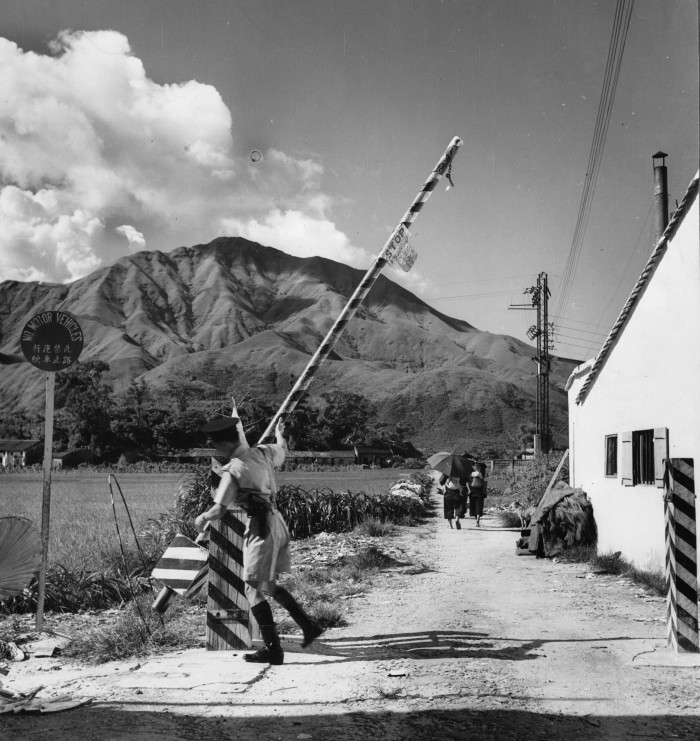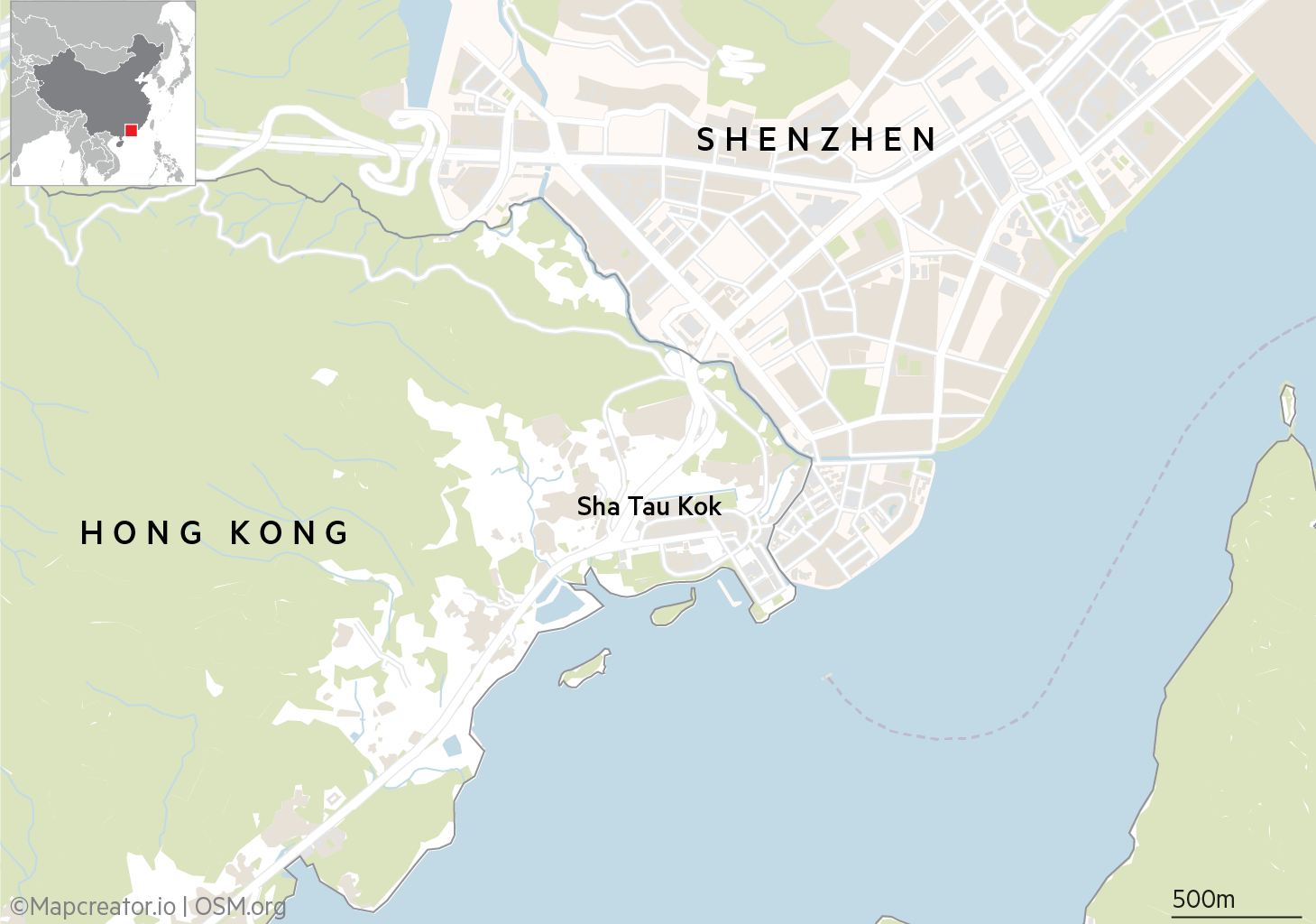Unlock the Editor’s Digest for free
Roula Khalaf, Editor of the FT, selects her favourite stories in this weekly newsletter.
Lau’s life in Sha Tau Kok has changed little in half a century. But transformation beckons in the small fishing town on Hong Kong’s border with mainland China — part of a restricted zone meant to keep out migrants and smugglers and closed to most outsiders for more than 70 years.
Since January some of Sha Tau Kok’s ramshackle streets have been opened up to a small number of tourists, as officials in Hong Kong and mainland China promote the town as part of a prospective joint tourism and shopping hub that some claim will eventually lure an extra 10mn visitors a year.
Lau, who sells dried fish from a market stall, is wary of the influx of curious visitors. “They just want to look around and hardly buy a thing,” she said.
The opening of Sha Tau Kok underlines how China is pushing for closer economic integration with Hong Kong, more than halfway through the 50-year period during which China and the UK agreed on “one country, two systems” governance arrangements for the former British colony.

Benjamin Lee, chair of Sha Tau Kok’s rural committee, connected the town’s opening directly to the idea of a Greater Bay Area, a political project to integrate the cities of southern China into a unified economic powerhouse of 90mn people.
“Hong Kong will very soon be integrated into the mainland, but we are still a restricted area, so we’ve become an obstacle . . . mainlanders can’t enter Hong Kong [through Sha Tau Kok] and Hongkongers can’t get in,” he said.
Hong Kong remains a special administrative region of China, with separate political systems and border restrictions in place. But since 2019, Chinese officials have intensified their efforts to align Hong Kong more closely with the mainland, having cracked down on the city’s civil society, crushed its political opposition and imposed a sweeping national security law in the wake of citywide pro-democracy protests.
As well as the proposed tourism zone around Sha Tau Kok, local officials have identified three other areas in the northern New Territories — the part of Hong Kong that abuts the mainland — for co-operation with the city of Shenzhen on the other side of the border, focusing on financial and professional services, technology and commerce.
The four zones will make up what policymakers in Hong Kong call the Northern Metropolis, a project they say will be a blueprint for integrating the city into the Greater Bay Area.
“All these things are testimony to Hong Kong’s territorial integration into Shenzhen,” said Sonny Lo, a political scientist and author of The Dynamics of Beijing-Hong Kong Relations. “Sha Tau Kok is the first step.”
At the moment, there is little to see in the town. Its main thoroughfare Chung Ying Street, a winding alley of shophouses that marks the official border between Hong Kong and mainland China, remains out of bounds for tourists.
But Shenzhen officials say the mainland side of town, known as Shatoujiao, will host high-end malls and cross-border shopping and pioneer “a new model of integrated development in joint construction and governance” between the mainland city and the former colony.

Hong Kong authorities have been more reticent. In a statement, the government said it was exploring the possibility with Shenzhen authorities of opening a tourism zone on both sides of the border, including allowing visitors from both sides access to the town.
It added that any development would be “low density [and] high quality” to “minimise the impact on some 4,000 local residents”. It declined to comment on Shenzhen authorities’ estimate of 10mn extra visitors a year to a planned “international consumption” zone based in Shatoujiao.
During Hong Kong’s pro-democracy protests and years of strict Covid-19 controls on both sides of the border, exchanges with Shenzhen dried to a trickle. But in recent months, Hongkongers have flocked to Shenzhen on weekend trips, attracted by lower prices and attractions from indoor ski slopes to US-style wholesale warehouses.
Jersey Poon, a researcher at the University of Hong Kong, said the city had not yet figured out how to deal with its changing border with Shenzhen or how to align itself with the mainland’s development plans.
“It’s almost trying to find a way to say, ‘OK, in 2047, what could be?’” she added, referring to the earliest date at which Beijing’s pledge of at least 50 years of semi-autonomy for Hong Kong following the 1997 handover could end.
Another researcher, who asked to remain anonymous discussing issues related to China and Hong Kong, said it would be “very difficult” to manage the flow of people and goods across the border.
Some of those fears exist in Sha Tau Kok. “It will be chaotic if they don’t manage it, there will be too many people,” said Zoe Su, who works in a shop selling knick-knacks on the Hong Kong side.
But for other residents, the development plan is needed to bring Hong Kong and the mainland closer and revive the city’s flagging economy.
“I think some Hongkongers’ thinking can be a bit conservative,” said Dina Dai, who moved to Sha Tau Kok from Heilongjiang in China’s north-east 10 years ago to live with her husband, a shop owner. “But I look forward to opening up . . . mainlanders like to buy Hong Kong things.”
Additional reporting by Wenjie Ding in Beijing
Read More: World News | Entertainment News | Celeb News
FT








